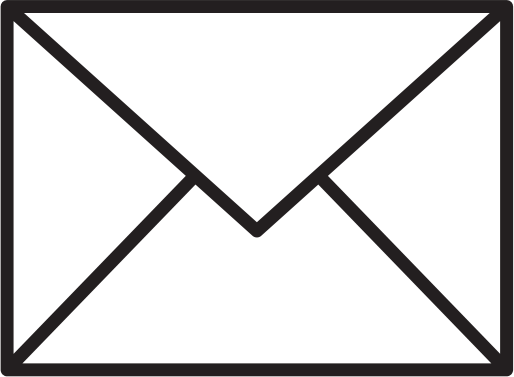 Email is such an important part of our work these days but, because it is used so much, people sometimes fail to consider their email messages carefully.
Email is such an important part of our work these days but, because it is used so much, people sometimes fail to consider their email messages carefully.
Badly written email messages can cause your reader confusion (“What do they want again?”), frustration (“What does this have to do with me?) and ultimately indecision (“I don’t have time for this… I’ll deal with it later.”)
Fortunately, there’s a simple 5-step process for writing great email messages.
- Planning. While planning might seem overkill in writing something as simple as an email, that’s exactly why it’s important. It takes a bit of planning to keep messages simple. Keeping your audience in mind and identifying the email’s purpose will help keep your message organized and streamlined.
- First Line: Bottom Line. Another way to think of this is the old saying, “don’t bury your lead.” Start your email with the most important point (or your “bottom line”) to ensure your reader sees your main point. You may find it helpful to use the visual of an inverted pyramid: putting the most important points at the top of your message, with remaining information decreasing in importance the further you go in the email.
- Formatting. Once you’ve written your message, make sure you’ve formatted it in a way that makes it easy to read. Bullets, subheads, and visuals can help your reader immediate understand, remember, and ACT ON your message.
- Editing. Take the time to review your email with a critical eye. Eliminate any words and information that isn’t absolutely important or useful. Don’t make your reader work at reading your content – because if it’s too difficult for your reader to go through and understand, most people simply won’t bother.
- Proofreading. Would you leave for work without combing your hair? Or making sure your socks match? Of course not. Most people want to make sure they’re putting their best foot forward when they go to work each day. The same can be said for your writing. Taking the time to review punctuation, grammar, misused words, and tone will ensure your email conveys a professional image.
Ultimately, most business writers and communicators would do well to remember the acronym, KISS: Keep It Short and Simple. If you make your message easy to read and understand, you dramatically increase the chance that the reader will remember it and/or respond to it!
If you'd like to learn more about how to improve your writing, check out this webinar I did with HRDQ.com about this topic.
about any of our products or services.




